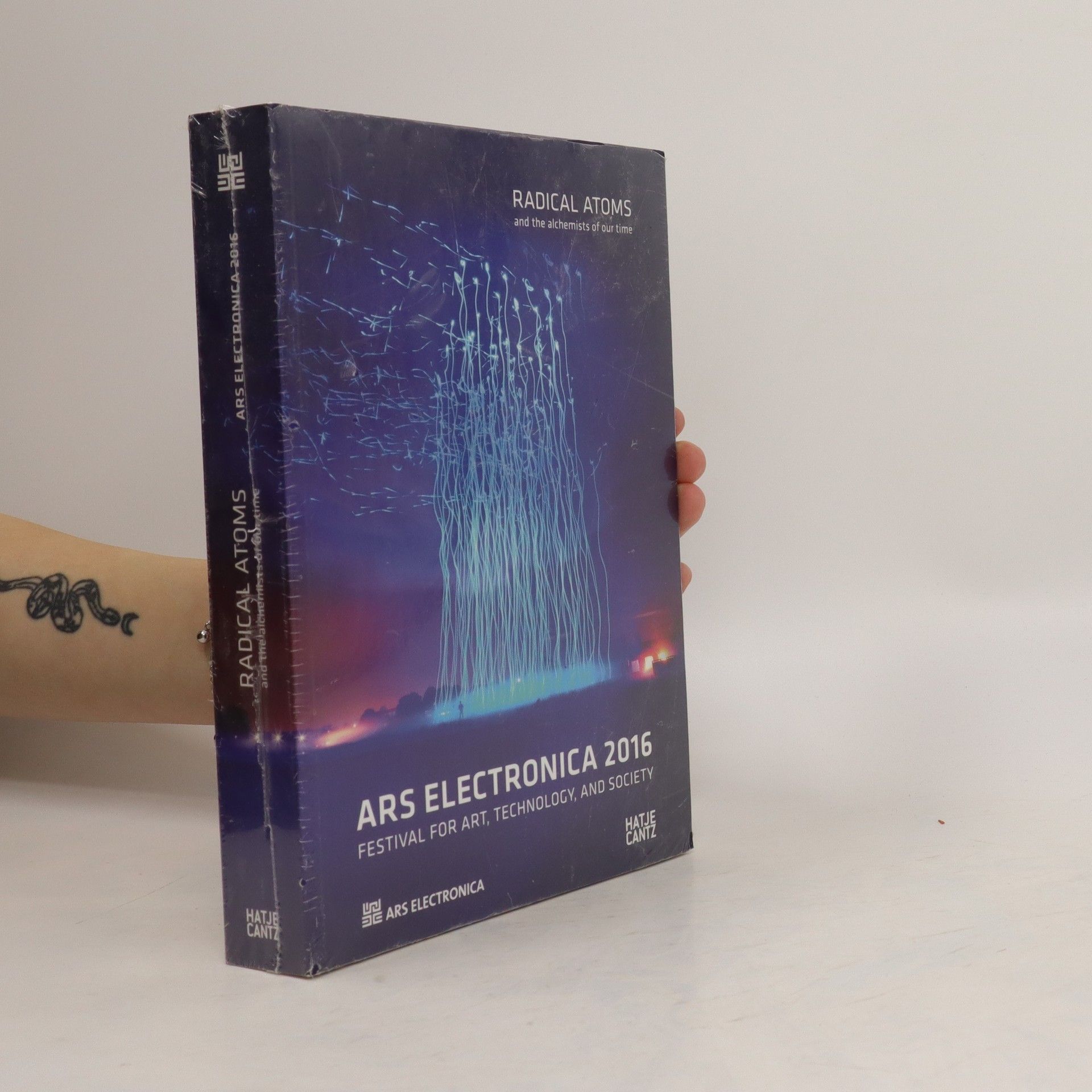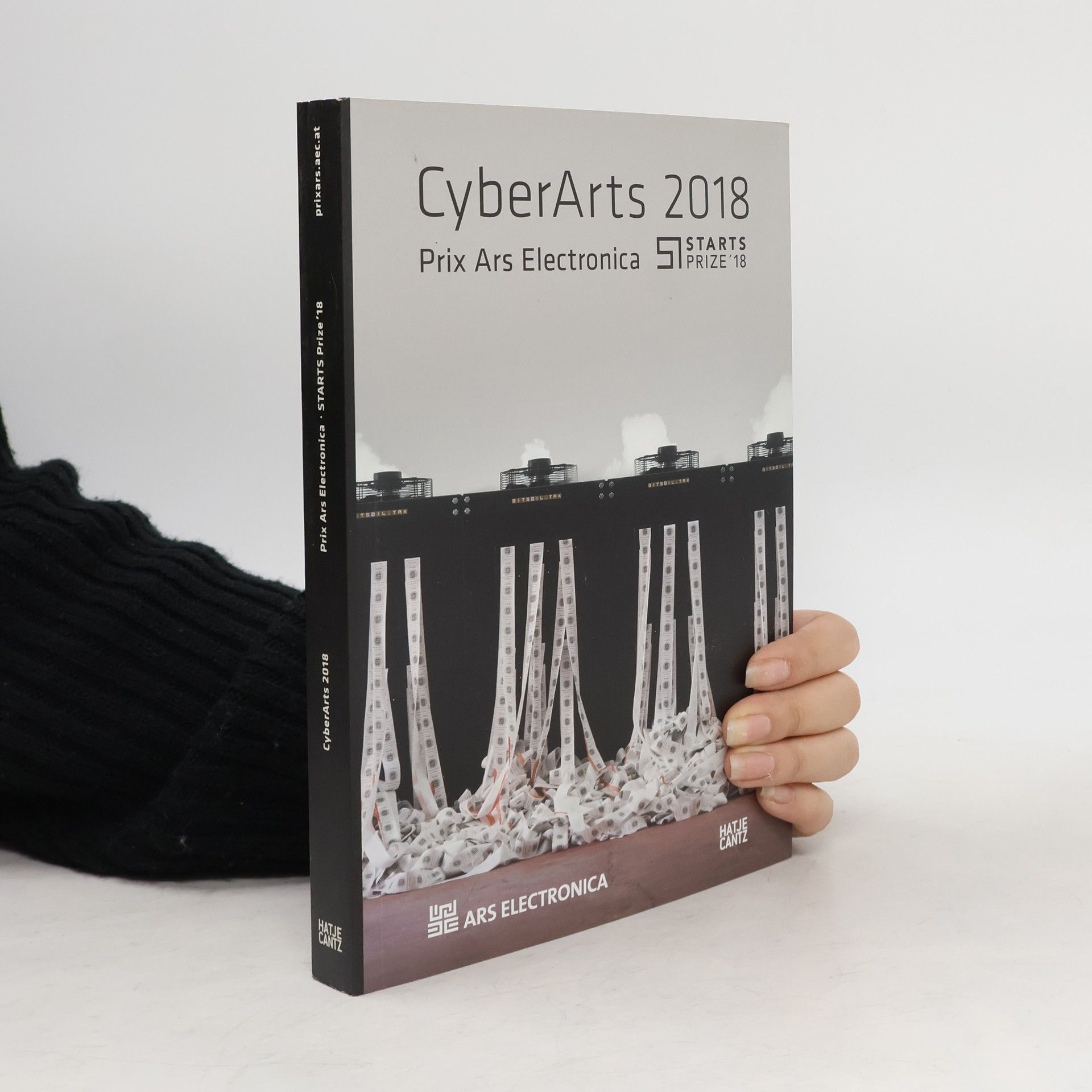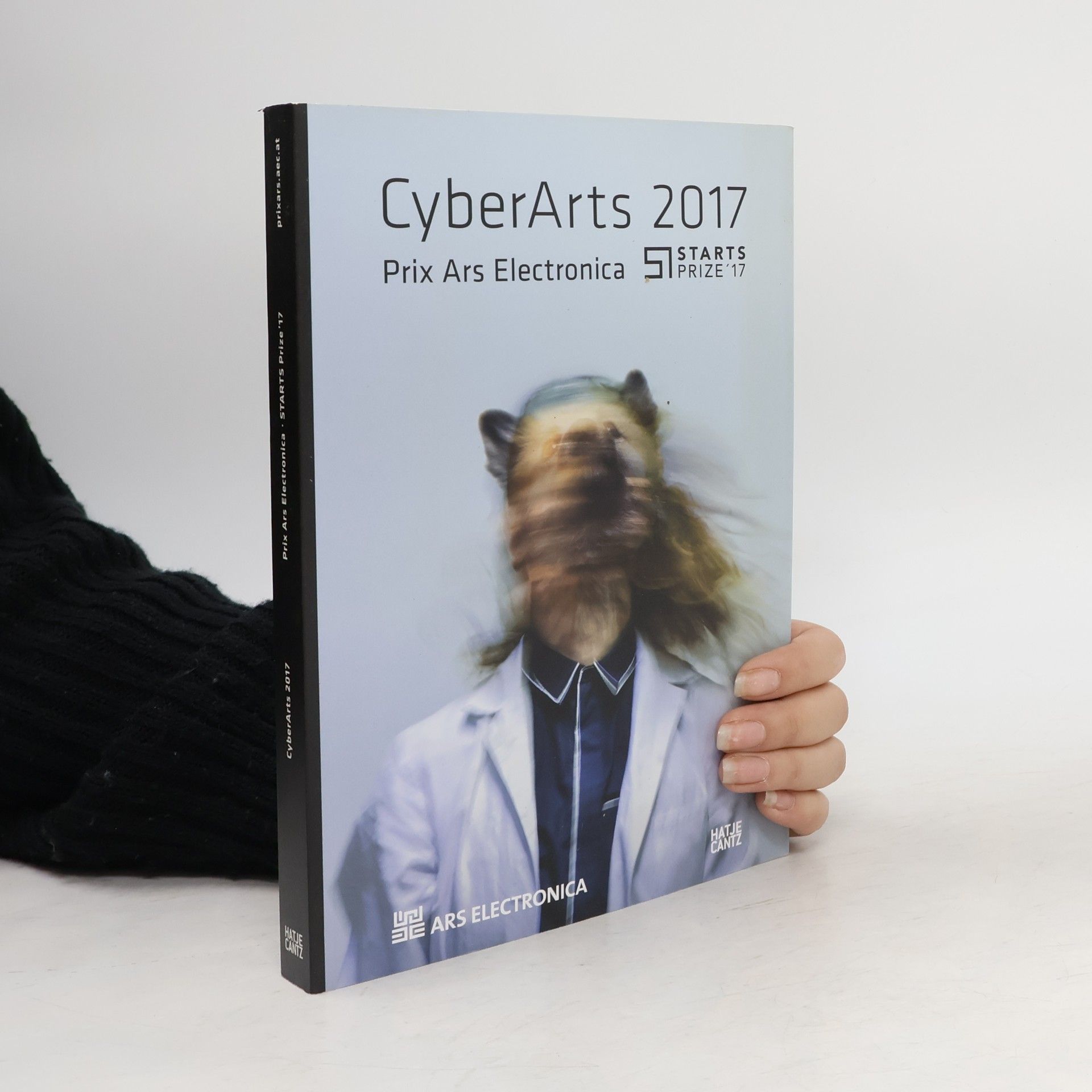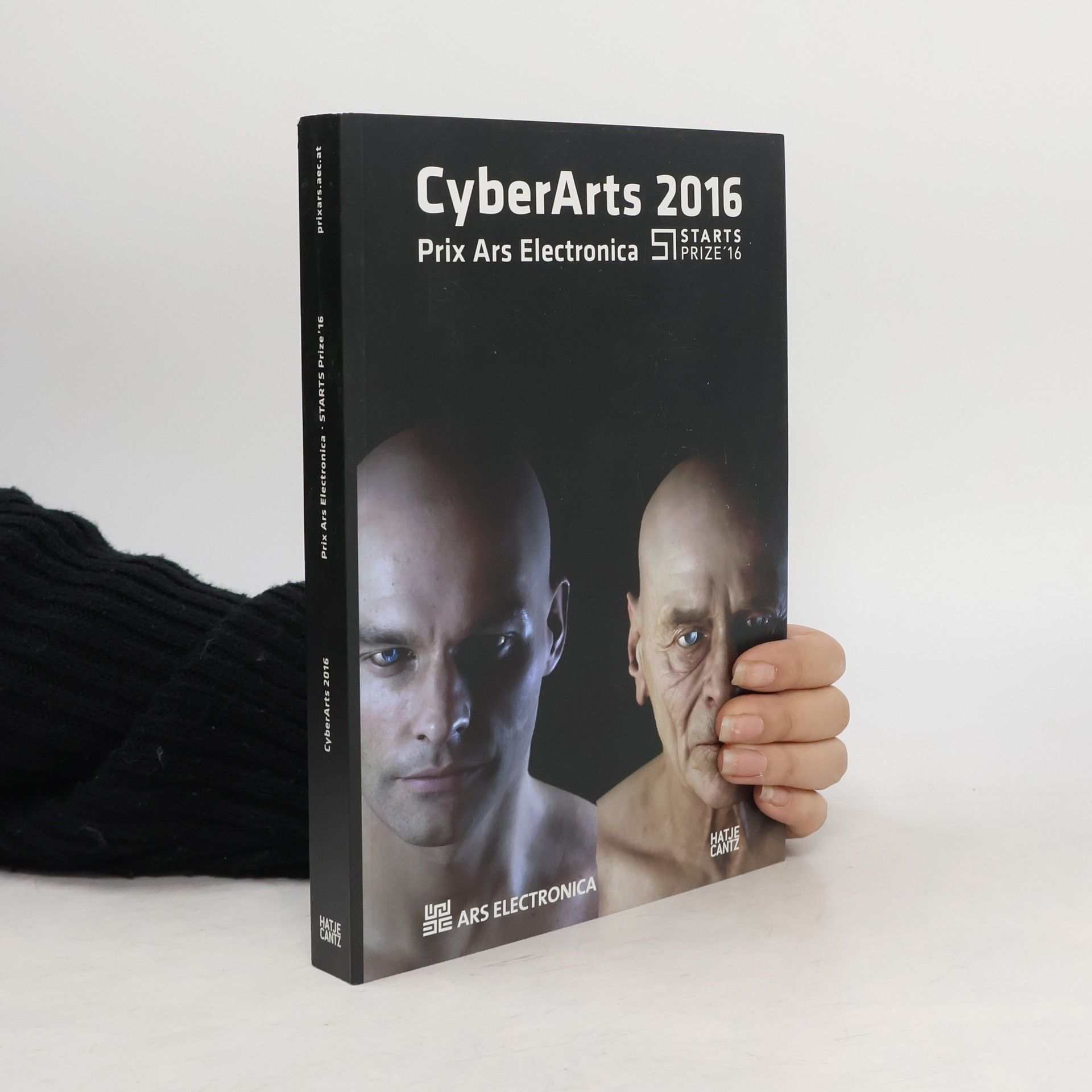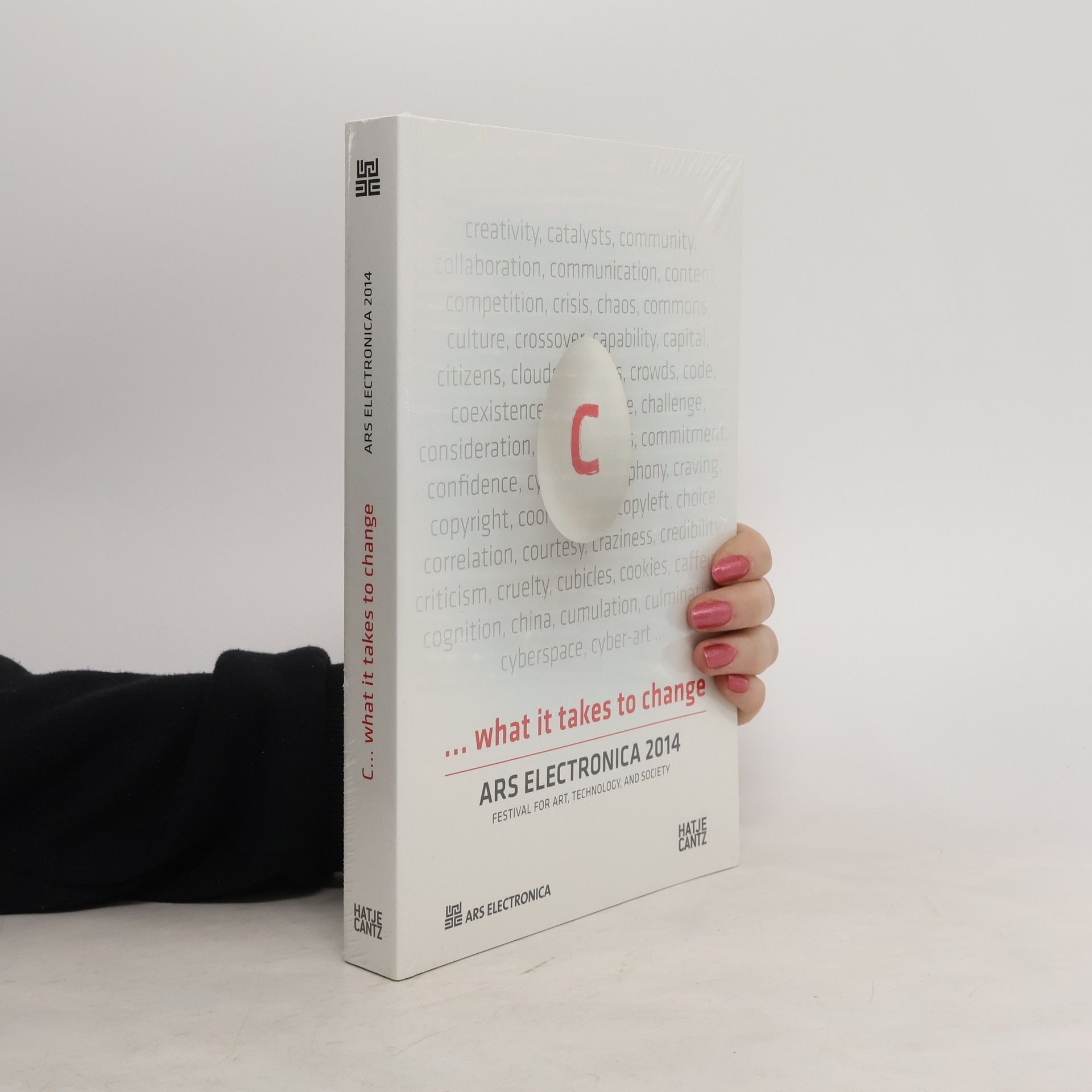AROTIN & SERGHEI – Infinite Screen
From Light Cells to Monumental Installations at Centre Pompidou
- 304 pages
- 11 hours of reading
AROTIN & SERGHEI’s Infinite Screen reflects contemporary visuality. As an evolutive inter-medial installation, it investigates the idea of the infinite beyond the limits of our screens, the origins of light and the iconography of digital information. Like luminous and transcendent symphonies of light, their intermedial works of art describe both, the macrocosm and the microcosm of our world, using screens as symbols and portals to infinity within constantly evolving parameters of scientific, mythological, philosophical, and architectural frameworks. This book retraces the artist’s supraliminal work-in-progress, from the intermedial paintings of red, green, and blue Light Cells—the DNA of today’s visual language—to the monumental installations at Ars Electronica, the Venice Biennale, the Fondation Beyeler, the Kunsthistorisches Museum Vienna, and at Centre Pompidou Paris.
